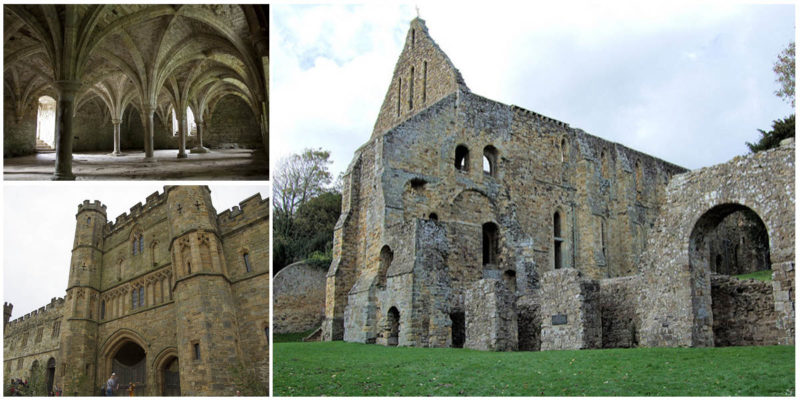Norman forces defeated the last Anglo-Saxon King of England at the Battle of Hastings in 1066. The forces were led by William the Conqueror to seize the throne from Harold Godwine who had inherited it from Edward the Confessor, while William felt he had a more legitimate claim as Harold’s cousin.
With an army of almost 6, 000 soldiers he attacked England and sat on the throne in no more than three weeks. Because of the vast number of dead following the invasion, the Pope ordered the Norman forces to be punished. To save his life, William promised that he would build an abbey in memory of the battle and to honor the memory of Harold. He assumed control of the country and in 1066, became the first Norman King of England.
This was the end of the English Saxon period, and with the new Norman rules, many changes were made in the country. During his reign, the Norman king built many chapels, monasteries, and churches, of which Battle Abbey is one of the most important.
It was designed in the French Romanesque architectural style, and it stands as one of the most magnificent structures situated on the Senlac Hill. The construction began in 1070, and it was completed in 1094 by the King’s son. When finished, the abbey was dedicated to St. Martin, but to this day it has been known as Battle Abbey.
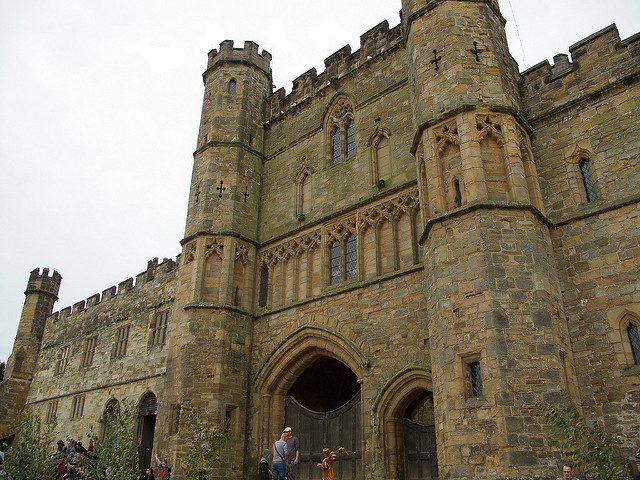
The most remarkable part of the monastery still standing today is the gate house with its two adjacent watch towers. It is a very tall gate made of stone which appears to provide a strong defense to the building. However, the gate was of little practical use during battle, and it is said by many historians that it would not withstand a serious assault.
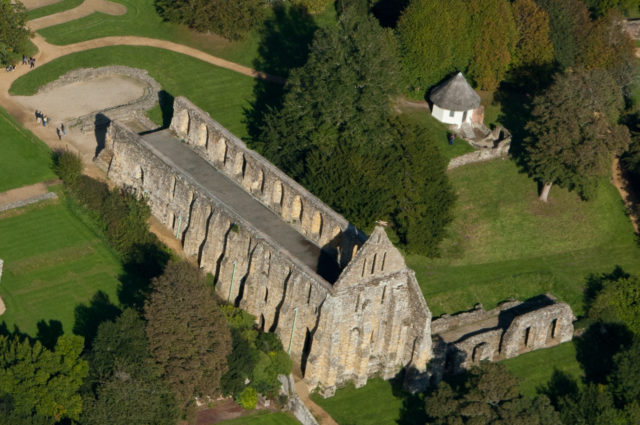
The first abbot made the building a symbol of the Heavenly Jerusalem, and it was mostly used as a ceremonial entrance. At the beginning of the 13th century, the monks extended the monastery and added a dormitory and a cloister. The dormitory is another part of the abbey that has survived mostly intact and looks like a separate grand church from the outside.
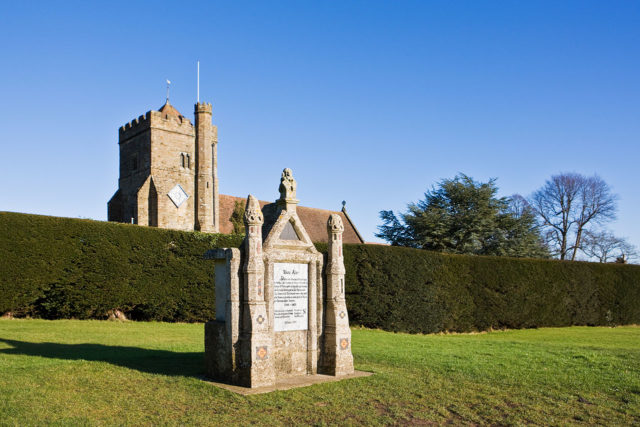
On the left of the gate there is a monument dedicated to King Harold II, and on the right side, there is a park which was made for hunting. Like many other abbeys and churches, Battle Abbey was deserted during the Dissolution of the Monasteries. Only a few of the monks remained in the building which was converted into private homes.
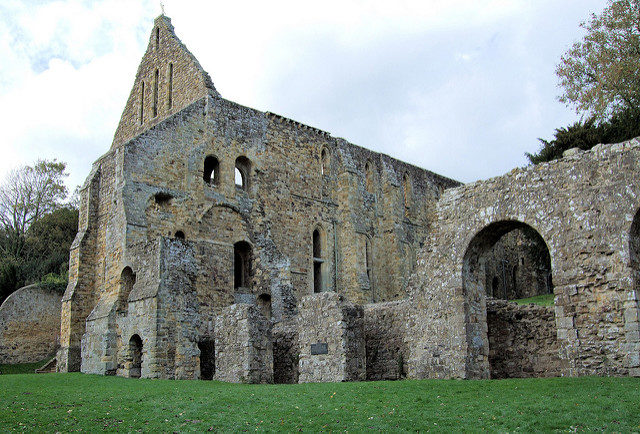
In the 18th century, it was owned by Sir Henry Wheeler and at the beginning of the 20th century, it was purchased back by the Battle family. In the 1940s, the west range of the abbey became a school for girls, and almost thirty years later, the family sold the monastery to the government.
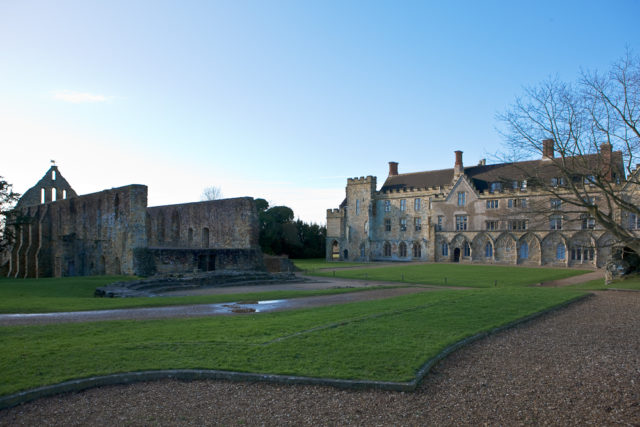
Today, the ruins are maintained by English Heritage and are the biggest tourist attraction in Battle. The town was built around this magnificent structure, and in the 17th century, it was the largest gunpowder manufacturer in the country. Some parts of the ruins are off-limits for visitors because they are so unstable.
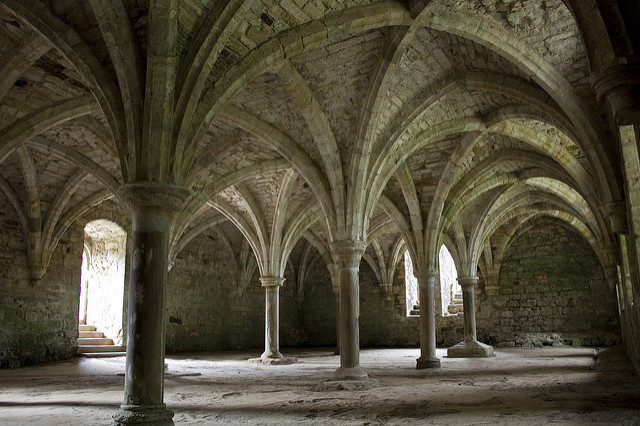
After the Dissolution, the hunting park became a state park and is used as a meadow for picnics and other events including the yearly festival on October 14th memorating the battle. There is a tour of the battlefield where visitors can learn about the battle of Hastings which was one of the biggest turning points in the history of Britain.
